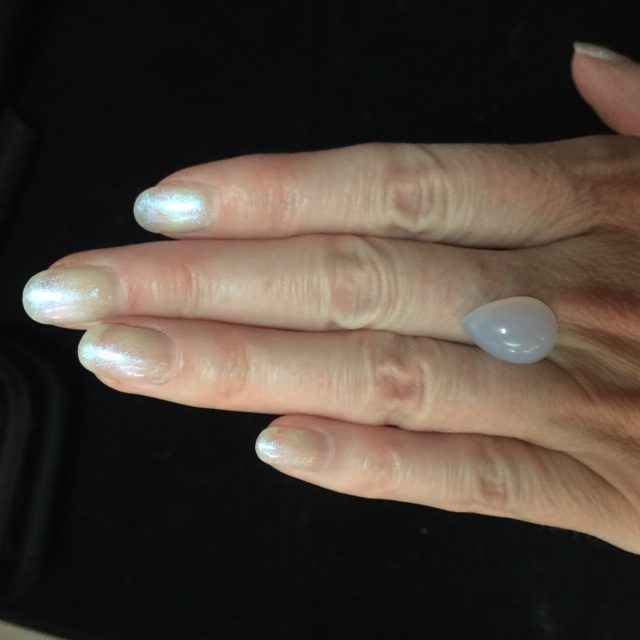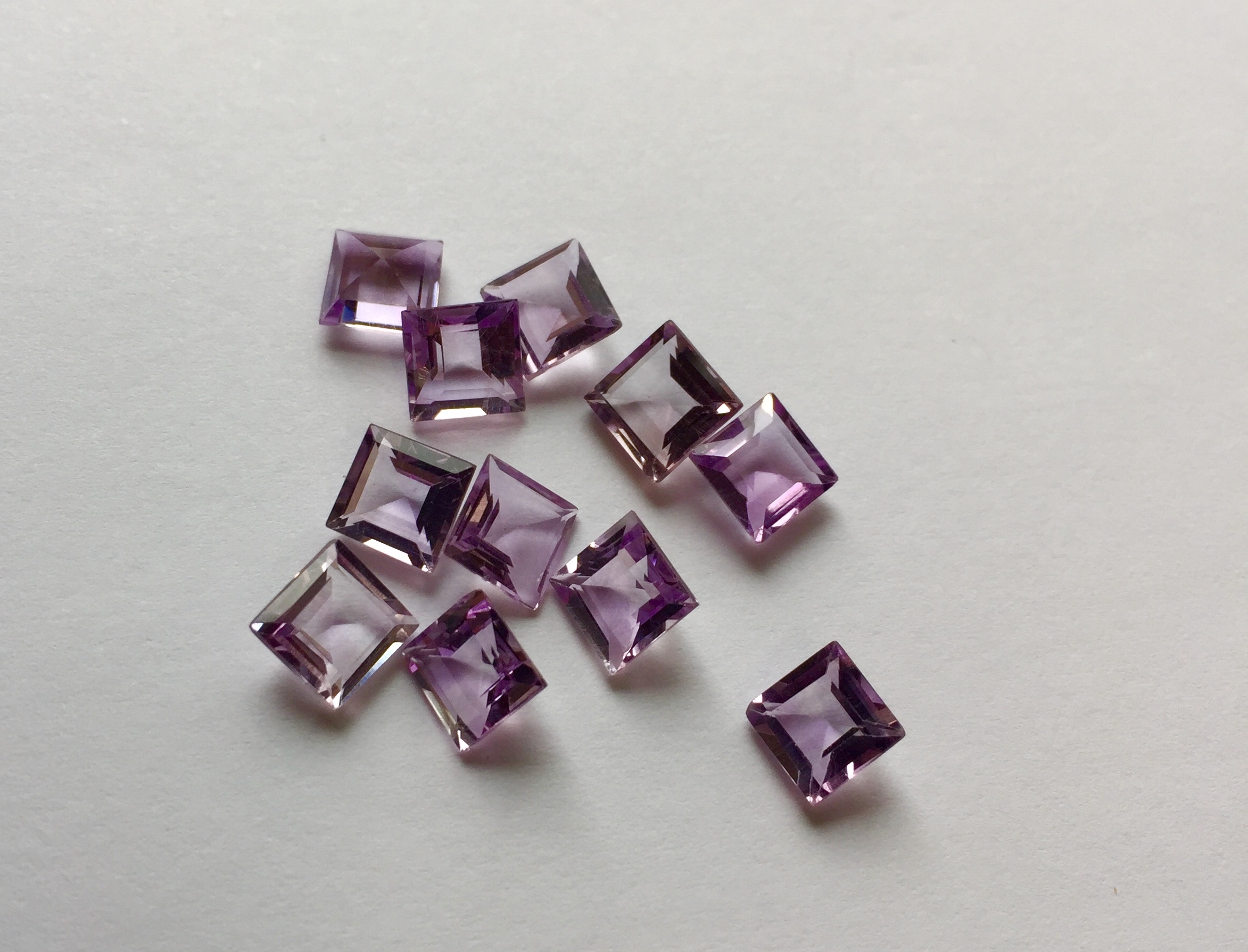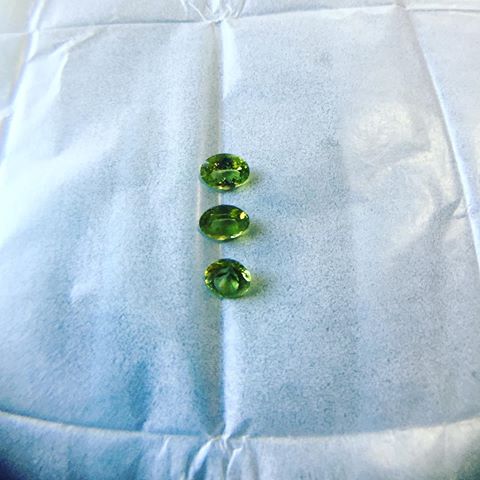I’ve toyed with the idea of a blog for years – after all, I love to write, and what better subject than jewelry and gemstones, am I right? I’d like to jump right in and talk about my dream stone, alexandrite (if I had a bucket list for acquiring gemstones – this would occupy the number one spot! Hmmm, bucket list – might have to work on that…)
Alexandrite is a chrysoberyl first found in the Ural Mountains of Russia in the 1830s. Alexandrites have since been found in Sri Lanka and Brazil, but the Russian source set the standard for quality on which all other sources are based). Today, the Russian mines produce very little Alexandrite, but if you are lucky, you can find them in estate jewelry. Alexandrite was named for Czar Alexander II. It is 8.5 on the Mohs scale, so it is pretty resilient and can be worn on a daily basis, even in rings. It also happens to be one of June’s three birthstones (moonstone and pearl being the other two).
What sets Alexandrite apart from all gemstones is the fact that it changes color depending on the light source. Top-quality Alexandrite will appear a vivid green in daylight-equivalent lighting and deep red in incandescent light. It is like owning two gemstones in one! Alexandrite contains traces of chromium, which is what causes the color change effect. Each Alexandrite is different, and shows a different amount of color change, or sometimes none at all. If an Alexandrite exhibits 100% percent color change in different light sources it will be considerably more valuable than one that exhibits patches of color change.
If you are in the market for an alexandrite, do not make a purchase unless the the salesperson is willing to take both you and the Alexandrite outside. This is a great way for you to judge the degree of color change the stone exhibits. Most Alexandrites do not display 100% color change. If they do, they will be priced accordingly.
I have also found that, due to Alexandrite’s rarity, many jewelry stores do not carry it. Your best bet for sourcing Alexandrite will often be vintage jewelry sellers. Due to the fact that overall supplies are low, Alexandrite is considered one of the most expensive colored gemstones. For fine quality Alexandrite, you can easily expect to pay $7000-$10,000 a carat.
Are you an Alexandrite fan like me? Leave comments…









